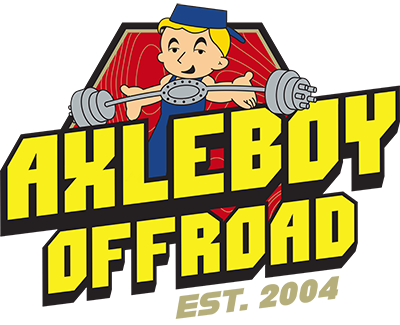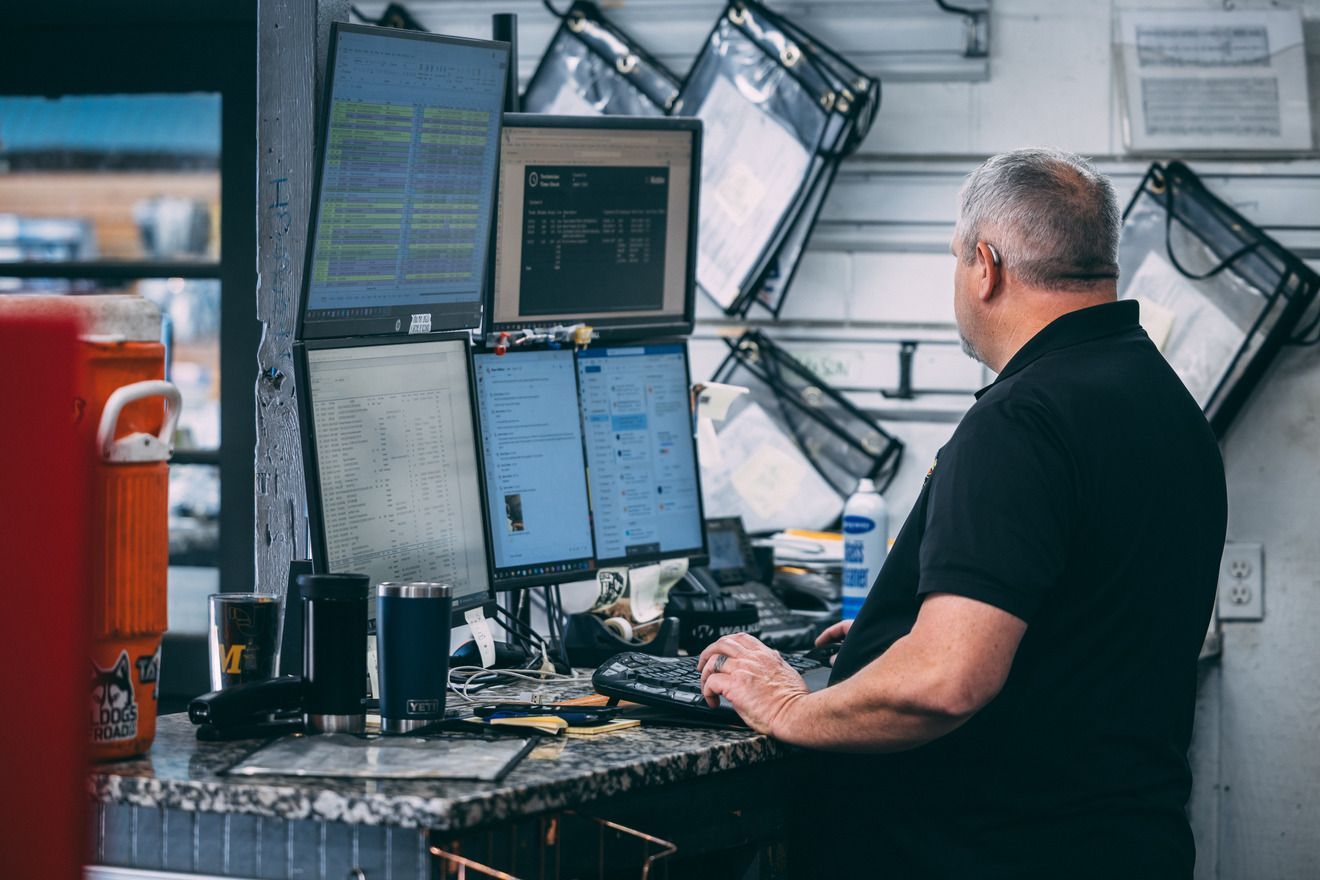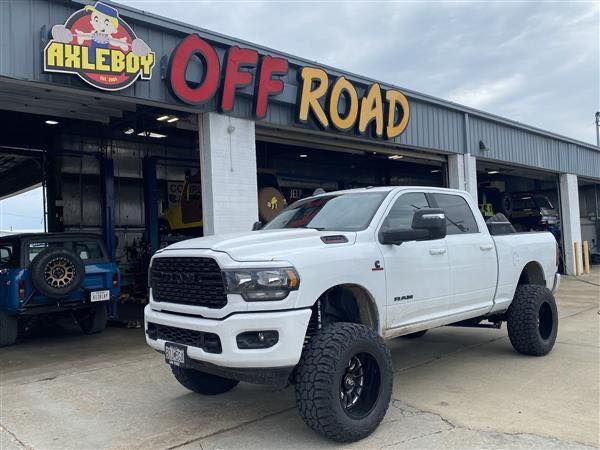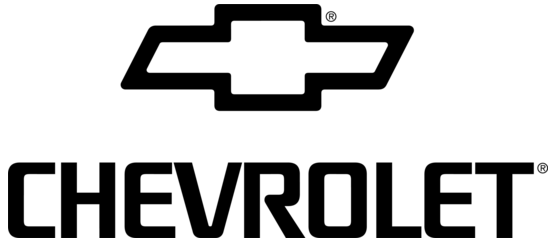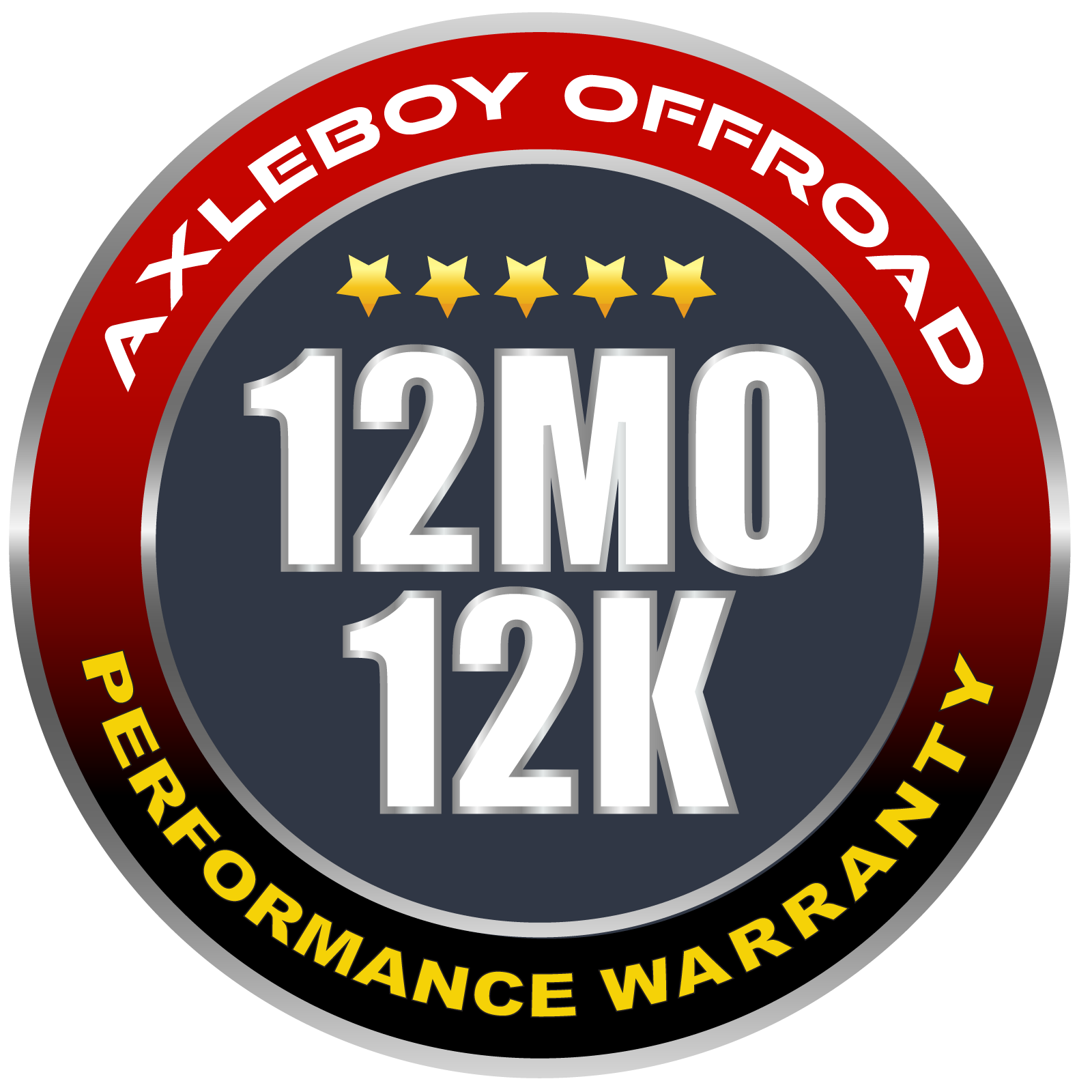An Off-Roading Guide for Beginners
Has your 4×4 spent most of the time on the road? Are you ready to test it on the trails? If you’re planning your first off-road trip, or if it’s been a while since you’ve gotten some mud on your tires, it’s time to check out our off-roading guide.
Your off-roading adventures can be as tame or challenging as you want, from simple muddy trails to extreme rock crawling, but one thing remains the same about any trip you take: Safety and preparation go a long way towards making an off-roading trip a success. Beyond that, there are some fundamentals you need to know and we explore them in our off-roading guide below.
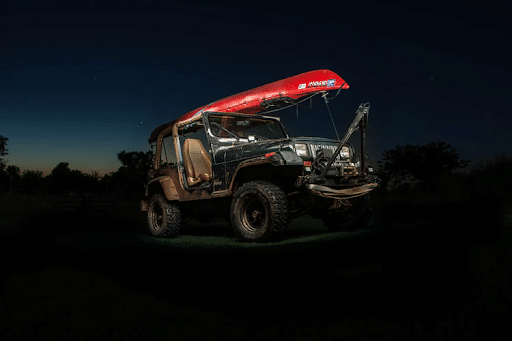
Talk the Talk
It seems obvious, but off-roading with your 4×4 is much different than driving a road-only vehicle. Understanding certain terms and phrases will help make sure your 4×4 is ready for any trail you throw at it.
4×4 high & low: The purpose of 4-wheel drive is to help the vehicle gain more traction on uneven surfaces like mud or gravel. Use 4×4 high gear for situations where you’re traveling over 15 miles per hour, while 4×4 low offers higher torque at lower speeds to help you get out of sticky situations.
Diff lock: The wheels on 4x4s generally spin at different speeds to help compensate for tricky terrain. Differential locking is when the wheels are “locked” into moving at the same speed, compensating for the loss of traction if one wheel is in the air or working harder than others to accelerate out of being stuck.
Wheelbase & wheel travel: Wheelbase refers to the distance from the center of the front tire to the center of the back tire on the same side; this number is important for steering and balance. Wheel travel is the measurement of the maximum distance a wheel can travel up and down; the bigger the number, the better the suspension.
Grab Your Gear
Along with knowing how to properly operate your 4×4, you also need to bring the right gear with you on the trails. You’ll definitely need a full gas tank, a tow rope, spare tire and jack, a first aid kit, and your phone — that’s the bare minimum. You could also benefit from recommended mods like a winch and a high-lift jack, along with LED headlights and a fire extinguisher.
If you’re unsure about which mods are right for your 4×4, make sure to ask the technician when you bring it in for regularly scheduled maintenance (something you also need to do before hitting the trails.) Their experience will help guide you in the right direction when it comes to mods. They’ll suggest the best solutions based on what you need for off-road success.
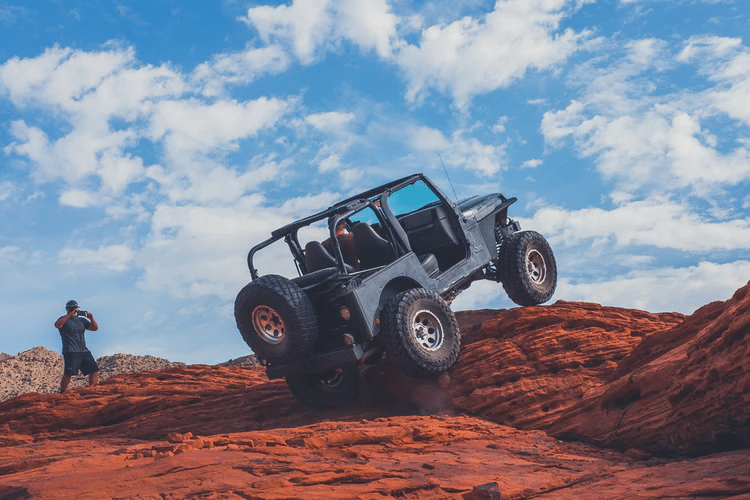
Remember These Tips
You know your basics, you got your gear, your 4×4 is properly modded out — now it’s time to test everything out with an off-road adventure. Keep these tips and best practices in mind when you’re tested on the trails.
Trail driving: Dry terrain and trails like gravel and dry dirt are the easiest trails for beginners. There are many designated 4×4 trails in state and federal parks. It’s a good idea to join a forum or do some research to find ones that are rated to your specific ability. Don’t try something more advanced than you (or your 4×4) are prepared to tackle.
Sand driving: Taking your 4×4 to a trail composed mostly of sand requires more skilled driving techniques compared to dirt. Remember that traction is much harder to find on the sand and keep the momentum up to avoid getting the tires stuck. If you do feel like tires are getting bogged down in the sand, turn the steering wheel left and right repeatedly, allowing tires to grip terrain and gain traction.
Mud driving: Mudding also requires a bit more advanced driving technique and it’s similar to driving in the sand — focus on traction and momentum. Showboating in the mud can lead to loss of vehicle control, which could send your front end straight into a tree or worse.
More difficult driving conditions require a bit more knowledge of special 4×4 driving techniques. This takes practice and patience, and group drives are a great way to learn from others while having the backup of a buddy to help tow you out in case you get stuck.
Armed with the knowledge of off-roading fundamentals and a 4×4 equipped with all the right mods, you’ll be hitting the trains in no time! Don’t hesitate to reach out to our team when you’re ready to start your 4×4 adventures and be sure to revisit this off-roading guide in the future.
The post An Off-Roading Guide for Beginners appeared first on Axleboy Offroad - St Louis.
